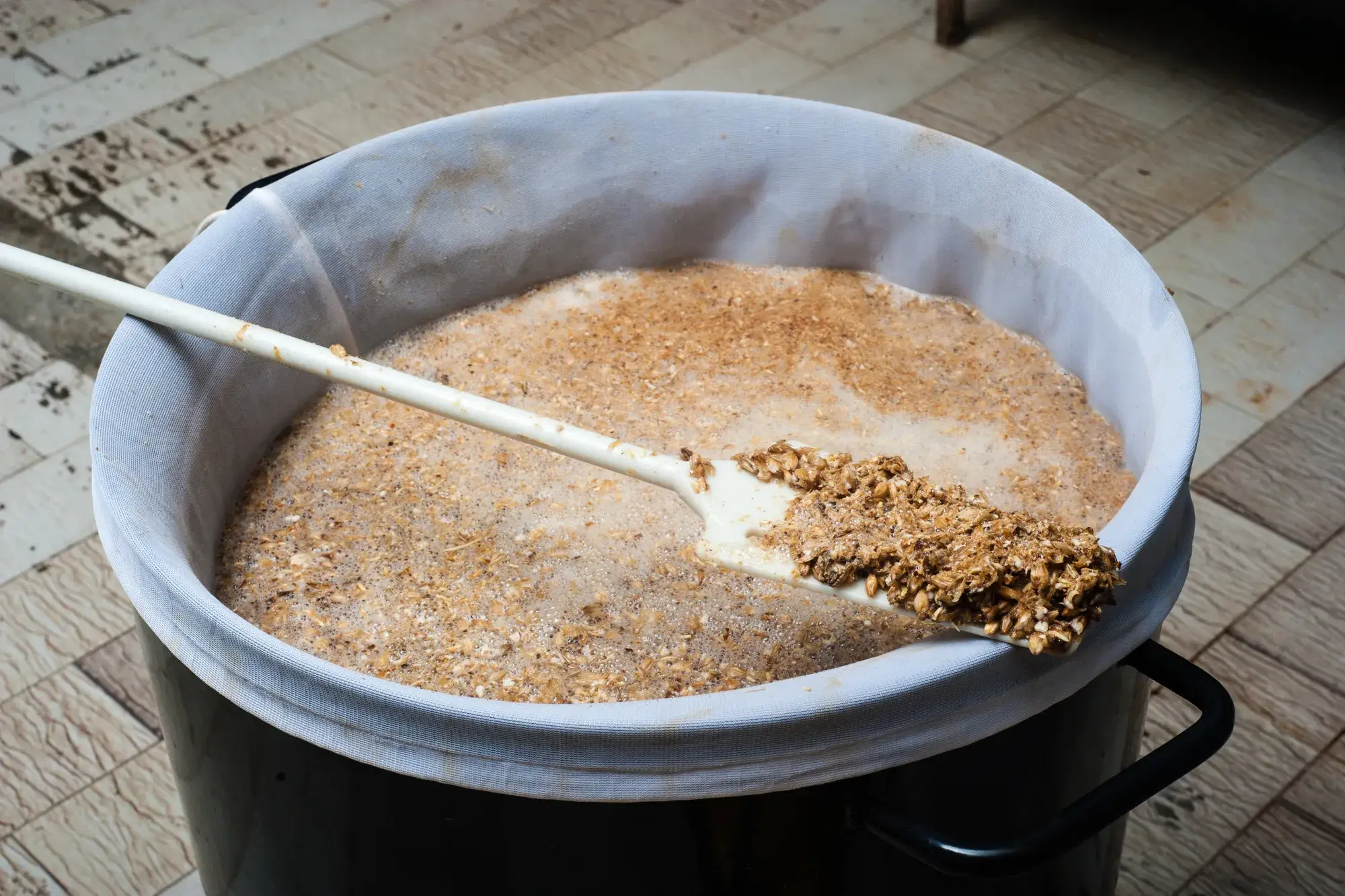One of the key steps in the beer brewing process is clearing and lautering the grist. We also think that this is an essential step to ensure that you end with usable wort.
In this step you separate the desirable fermentable and non-fermentable sugars from the non-desirable insoluble parts of the used grain.
Why do lautering and clearing the grist?
After you finish mashing the grist, you will have a mixture that contains a variety of sugars and other substances. However, you will also have the insoluble parts of the grain. You don’t need these insoluble parts. Especially because they also can negatively impact the flavor and quality of the beer if you leave them in the final product.
You want to be sure that only the desirable liquid or wort remains. Therefore you have to filter the mash in a process known as clearing and lautering. For this step you have to use a specialized vessel called a lauter tun to separate the wort from the spent grain.
ADvertisement
Transfer to a lauter tun
In the lautering process, transfer the mash to the lauter tun that contains a false bottom or screen to separate the wort from the grain. Then collect the wort in a separate vessel and leave the spent grain behind in the lauter tun.
You must drain the wort from the mash slowly to ensure efficient separation from the spent grain. You can adjust the lautering rate to control the clarity and gravity of the wort. This process takes several hours.
Start boiling after lautering completion
Once completed the lautering process, you can boiled the wort to sanitize it and concentrate the sugars before adding hops and other flavorings. You can either throw away the spent grain or used for other purposes, such as composting or baking bread.
In summary, clearing and lautering the grist is a critical step in beer brewing. It involves filtering the mash to separate the desirable wort from the undesirable spent grain. This process helps to ensure that the final product is of the highest quality and flavor, and is a key component of the overall beer brewing process.

